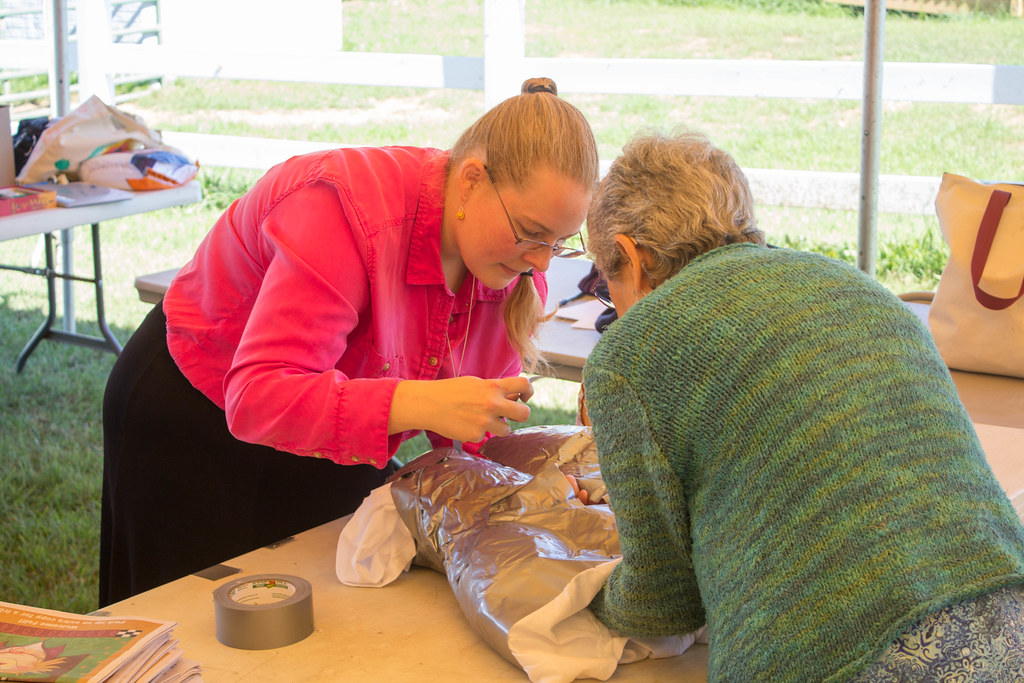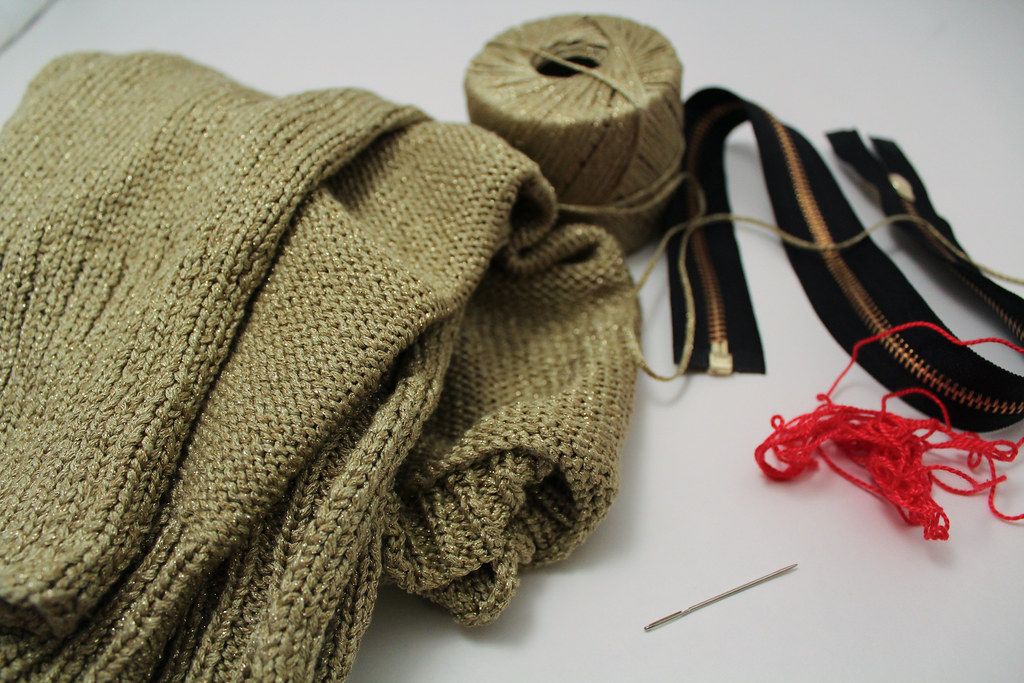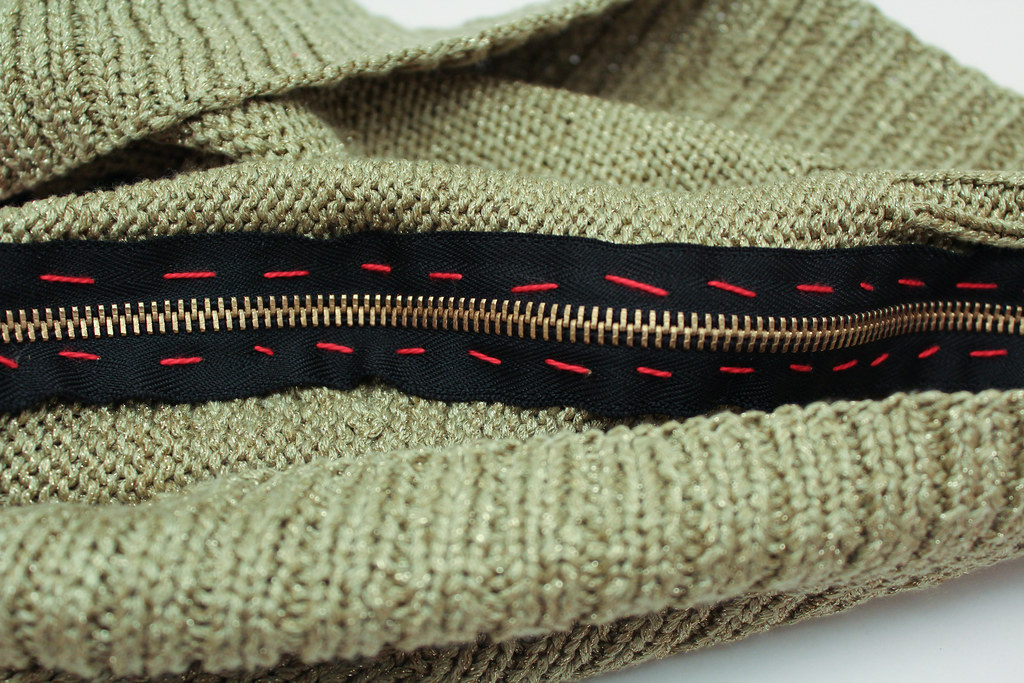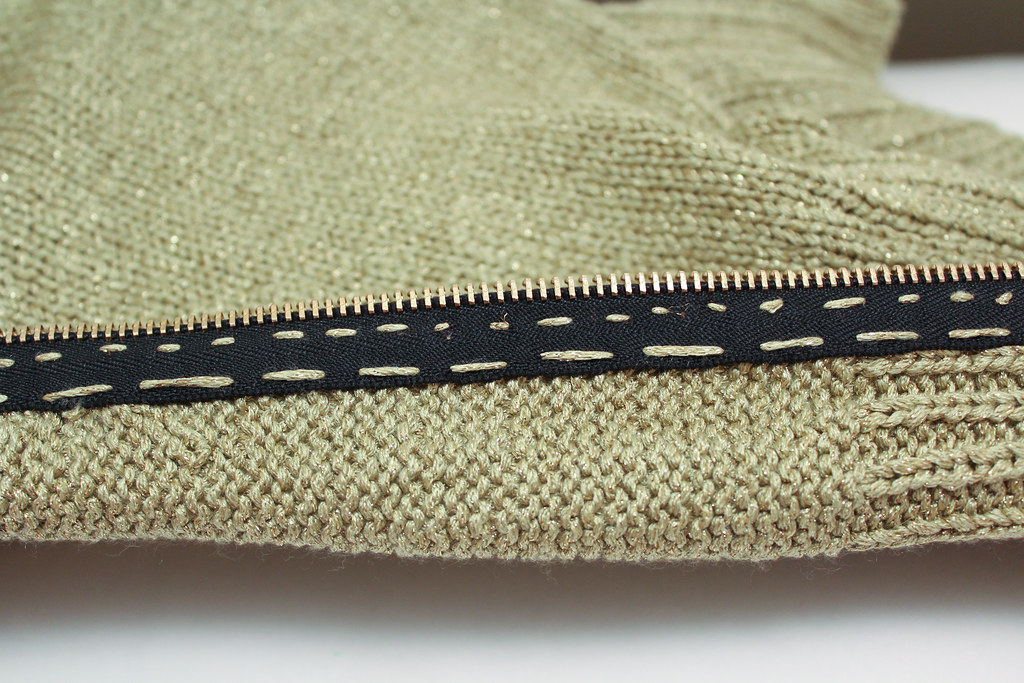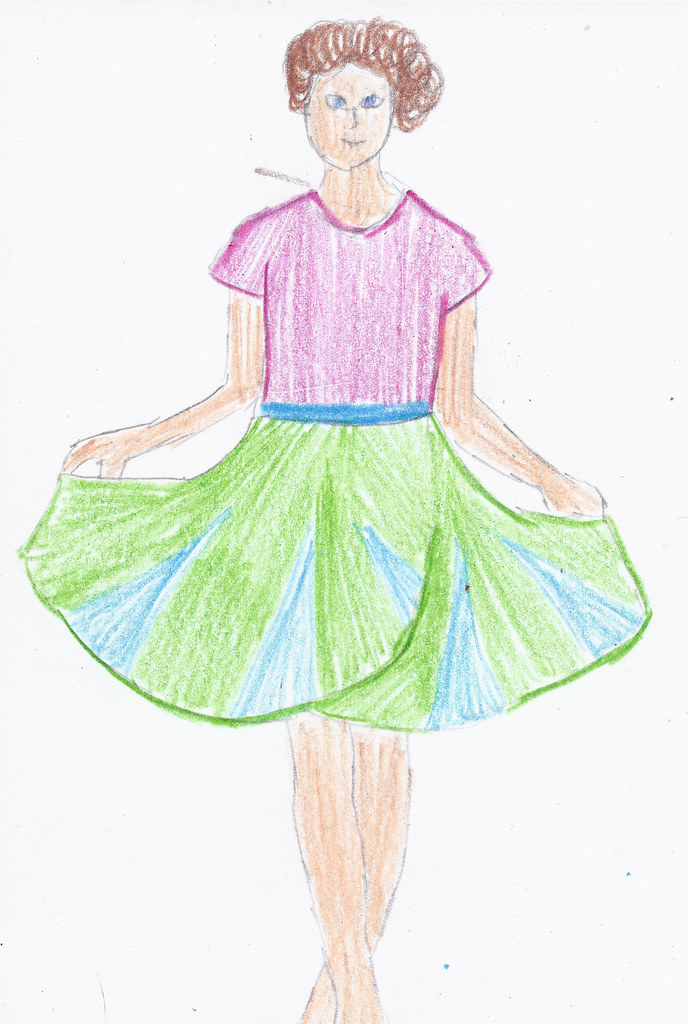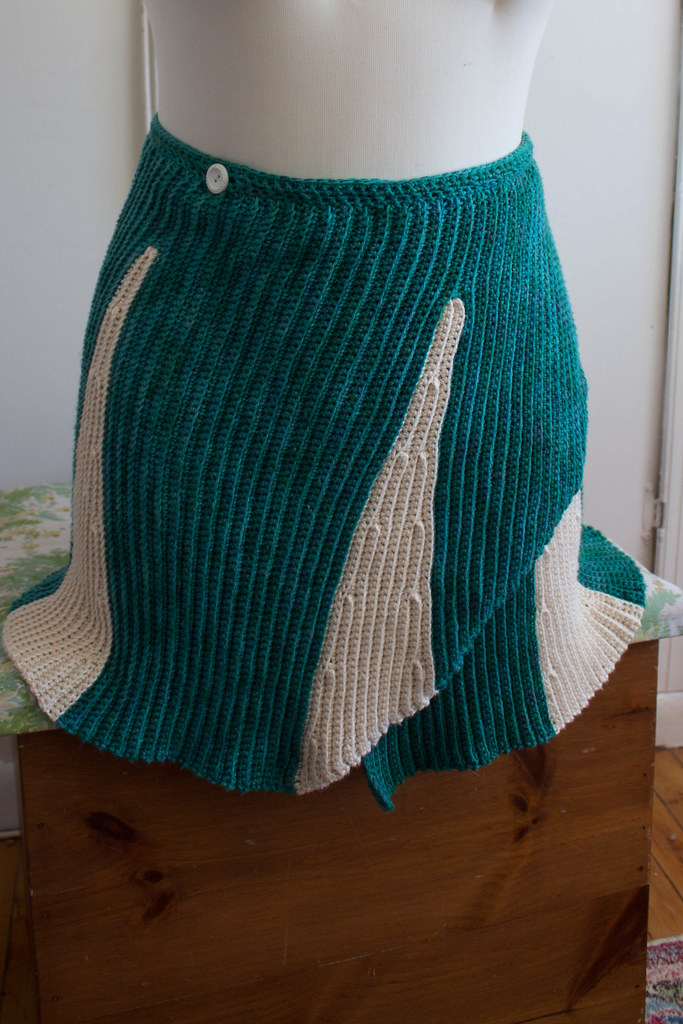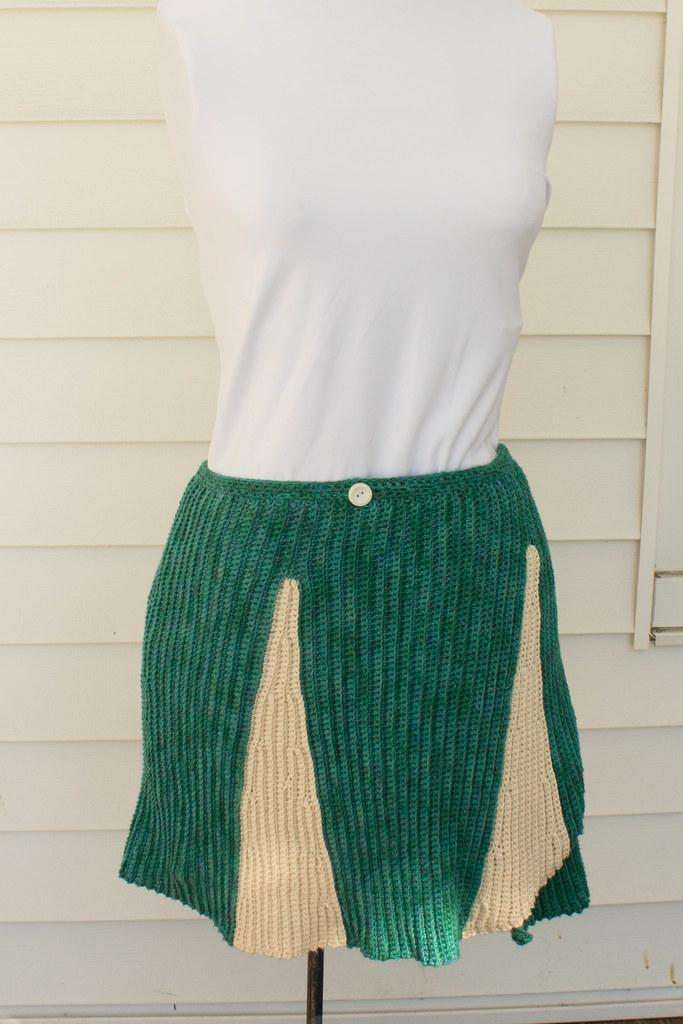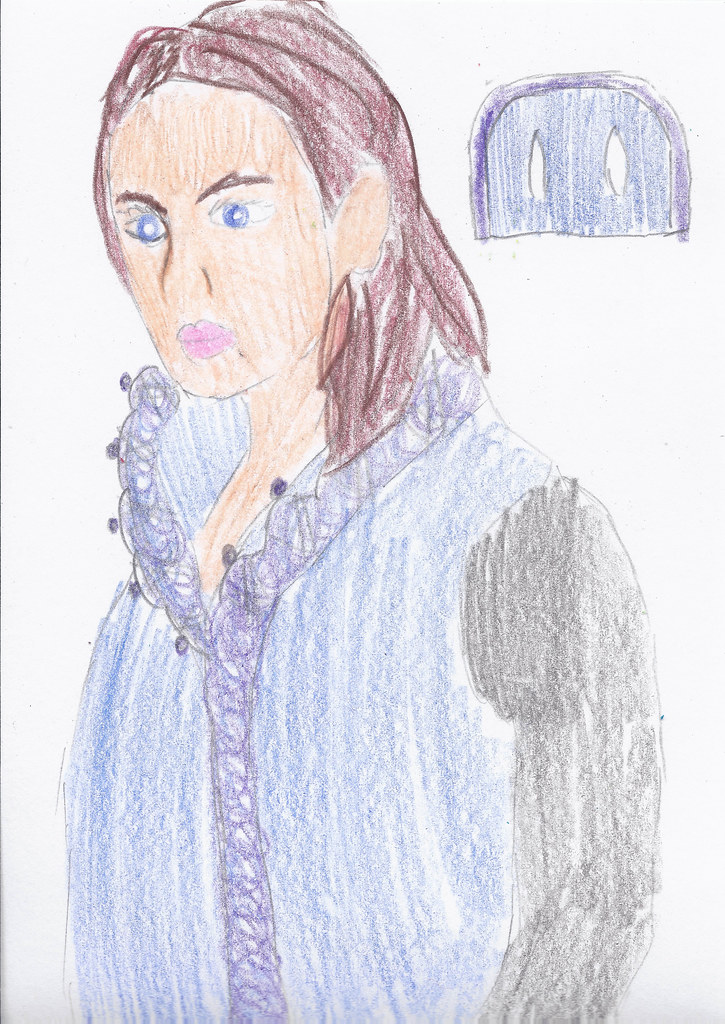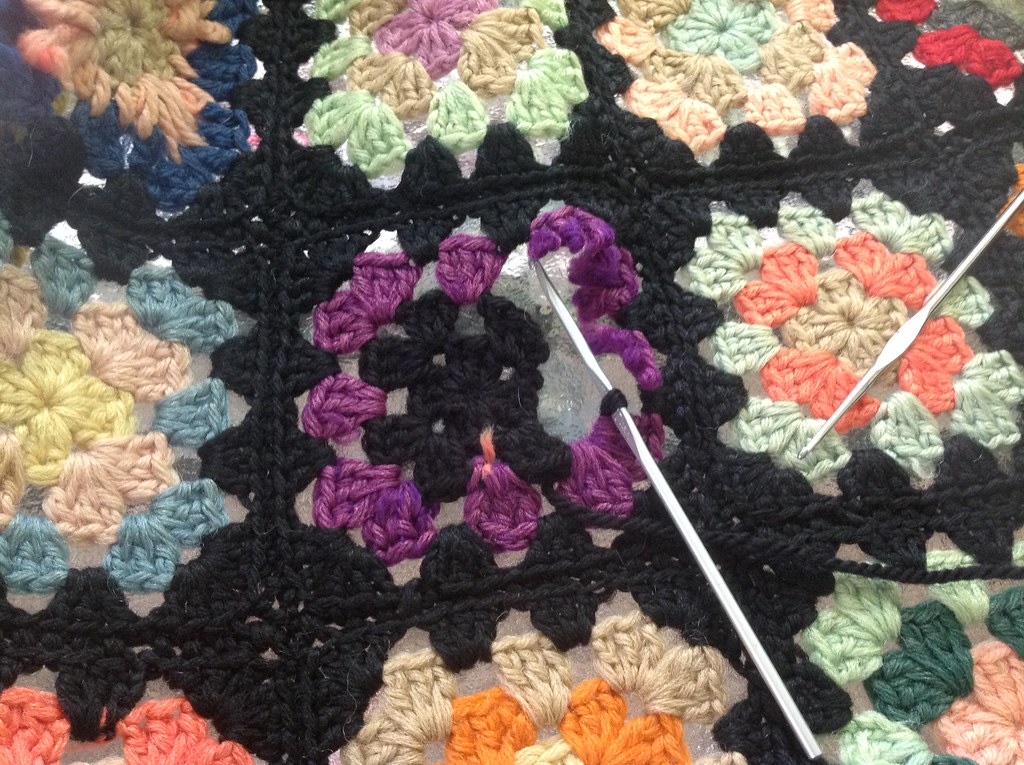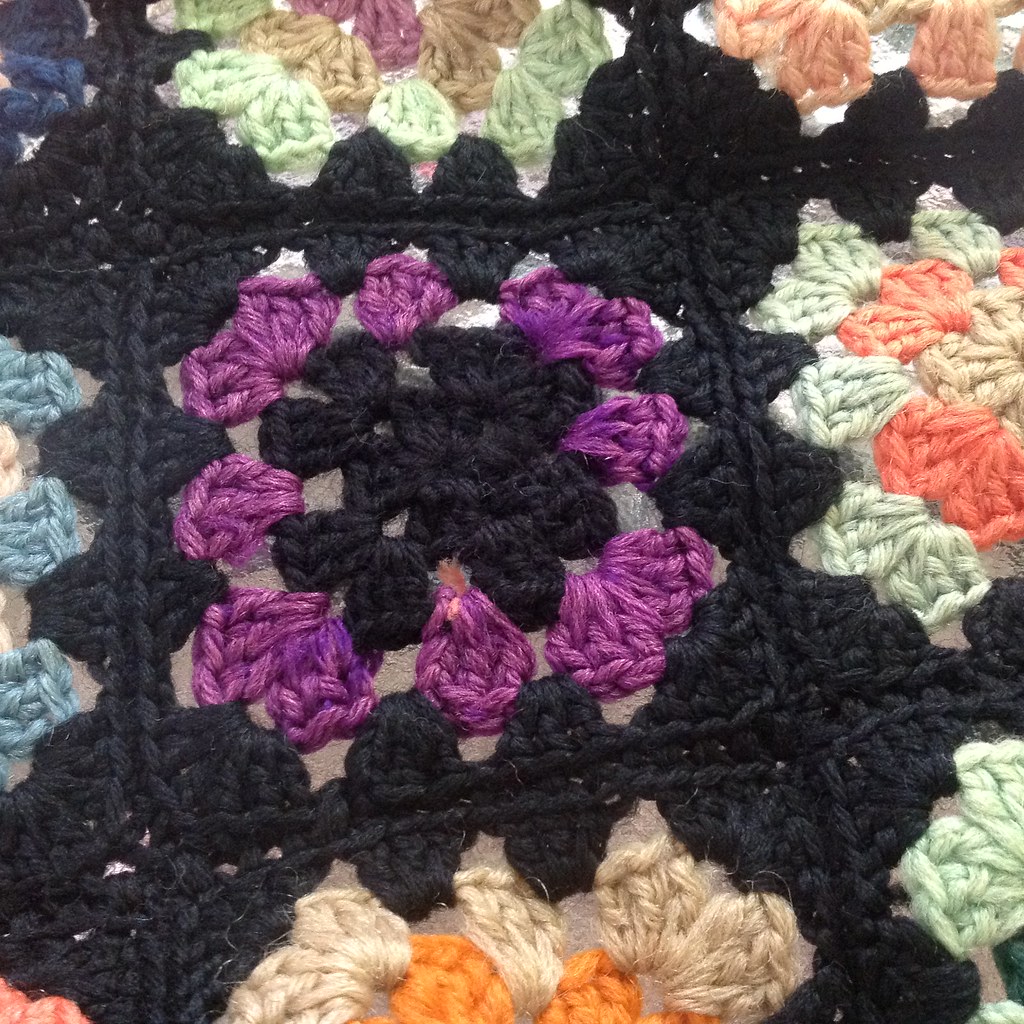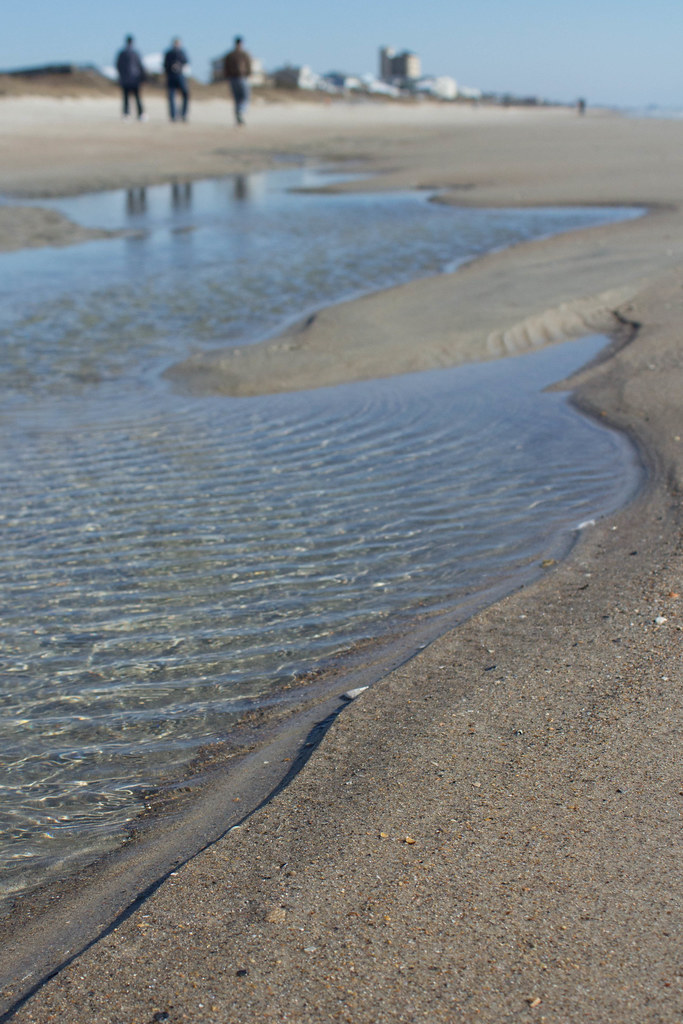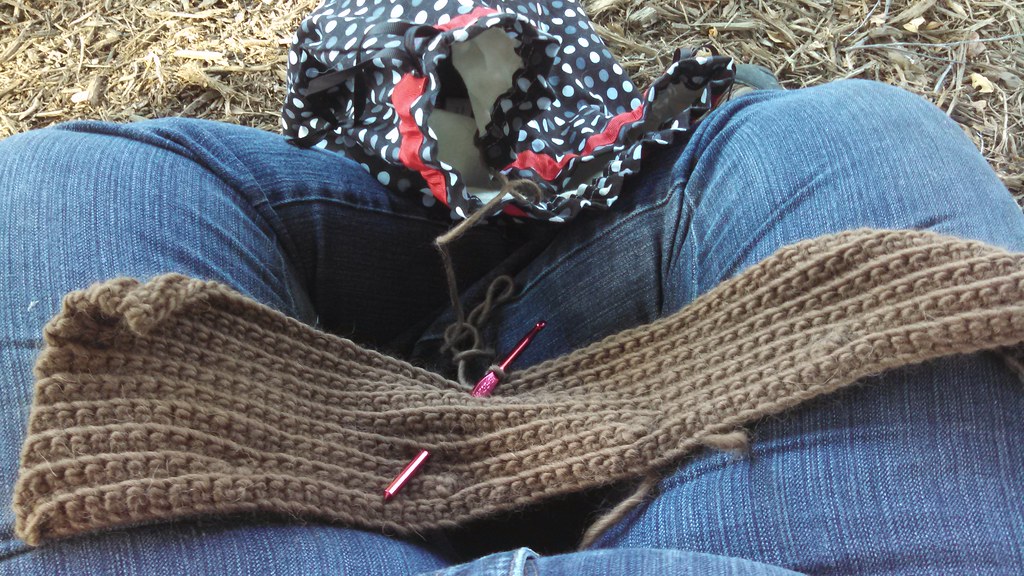Tomorrow morning I’ll be heading off to the Shenandoah Valley Fiber Festival – one of my favorite to teach at! Last year was my first year teaching at the fairgrounds, and I loved every moment of it. The staff are great; the venue is lovely, and the drive to Berryville is a pleasure.
Last year I was so busy teaching both days that I barely had time to breathe. This time I’ve got a little more flexibility – I’m teaching one class on Saturday afternoon, and another Sunday morning. Mr. Turtle and I talked about going apple picking on the way home.
If you’ve never been to SVFF, it’s a great fiber festival for kids, and a feast for the eyes for stitchers. Last year Mr. Turtle was fascinated by the sheep dog demos.
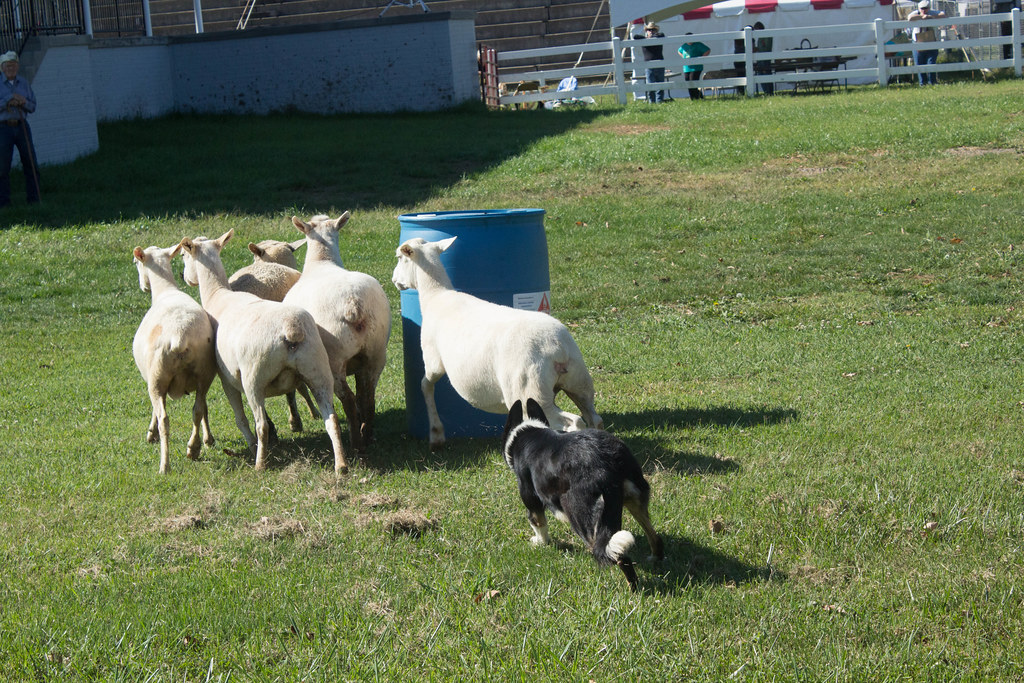
I was glad to see some of my favorite vendors. When you do the fiber festival circuit, various vendors become your friends, and it’s good to see them again and catchup for a few minutes between sales or setting up. If you go to the festival, go and look up Turtle Made – a company that makes the most clever turkish spindles. Also check out Dragonfly Fibers – they’ve been the lovely sponsor of a few of my designs!

Meanwhile, I’ll be in the instructor tents doing what I do best, teaching my heart out. This weekend we’ve got a reprise of a constant favorite, Duct Tape Dress Forms, and also a class on repairing handknits. If you have a spare moment, keep an eye out for me at lunch, as I grab a quick bite and say hello to as many people as I can!
